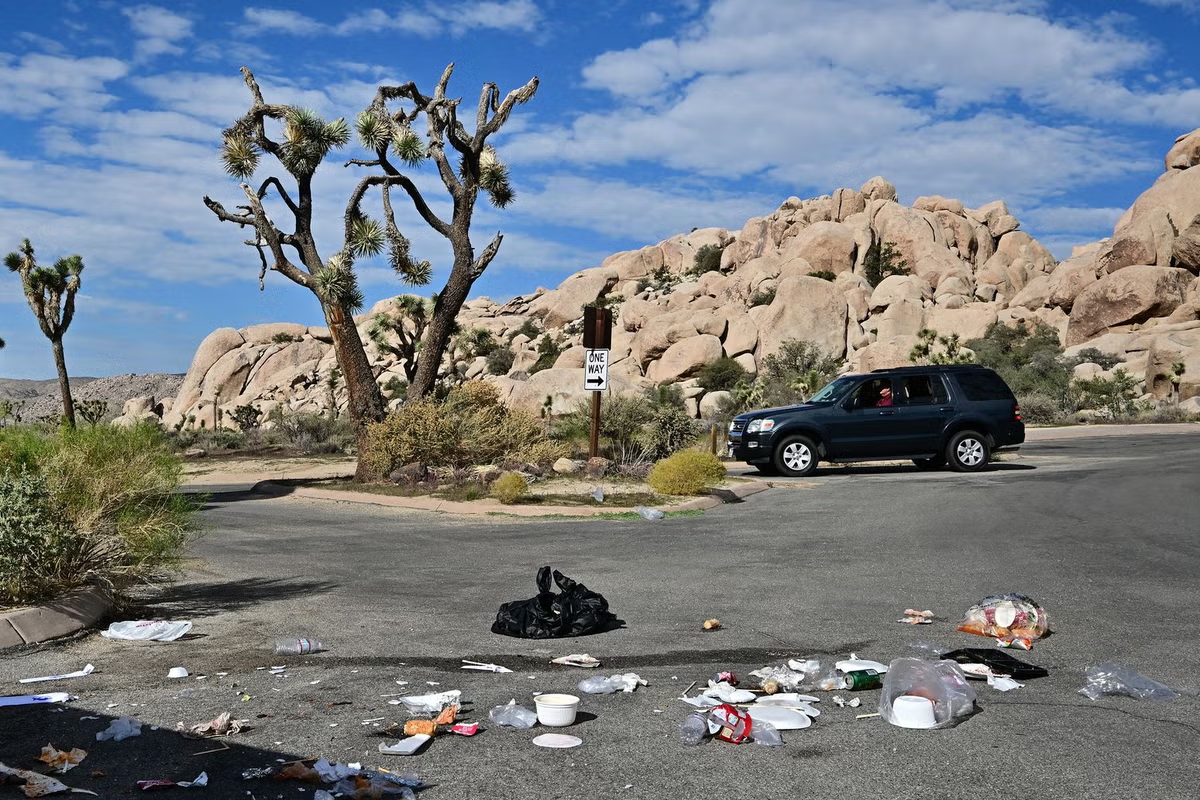When did Thanksgiving turkey become such a big deal?

Thanksgiving didn’t happen the way a lot of us probably have learned it did back in elementary school. Kindergarteners in problematic construction paper headdresses, playacting with fifth graders in black hats and buckle shoes, holding hands and giving thanks for a plentiful harvest and new friends.
Those pageants we performed in were inaccurate. The Wampanoag people were likely trying to form an alliance, not being friendly just for the sake of it. But what about the food? Was there at least turkey served?
According to Troy Bickham, a history professor and director of the Melbourne Glasscock Center for Humanities Research at Texas A&M University, the answer to that…is no.
“That’s the short answer,” he told Vox. “The long answer is we don’t know. We have two eyewitness accounts describing Thanksgiving, and they were not interested in describing the food. The only thing we know for certain that they ate was venison.”
So, if turkey likely didn’t make an appearance all those years ago, why has it become a staple in our modern Thanksgiving? Bickham tells us on this week’s episode of Explain It to Me, Vox’s weekly call in podcast. Below is an excerpt of our conversation with Bickman, edited for length and clarity.
You can listen to the full episode on Apple Podcasts, Spotify, or wherever you get podcasts. If you’d like to submit a question, send an email to askvox@vox.com or call 1-800-618-8545.
When did turkey become a staple of Thanksgiving? Why aren’t we all eating venison this time of year?
Turkey is cheap, is the main reason. It’s a big festival bird. They’re in abundance; if you’re in the forests of Maine, you can see them all over the place. It would have been something relatively cheap and easy to put on the table.
Every agricultural society has a harvest festival. It doesn’t matter if we’re talking about the Inca, the Maya, the ancient Israelites, or whoever. They all have harvest festivals. And a harvest festival does two things: It’s either thanking their gods that there’s going to be enough food, that they’re going to make it through winter, or praying to the gods saying, “Please let this very meager harvest get us through winter.”
That harvest festival sort of percolates in different parts of the country. There are different Thanksgivings on different days as the US expands west. Different states have different days for Thanksgiving, and it doesn’t become a national holiday, really, until about the time of the Civil War, and that’s largely the work of Sarah Hale. She’s primarily known as “Mary had a little lamb.”
Yeah, she wrote it. She was a children’s writer, and she was the editor of Godey’s, which was a ladies magazine that was very widely distributed, sort of the Reader’s Digest for women of the day. She and a number of people in the early 19th century were looking for days to celebrate traditional family values. The idea of Thanksgiving being a holiday of unity [came about] because the country was increasingly divided.
She started to lead a writing campaign. Women started writing in to their congressmen to try to make it a national holiday. It doesn’t really get going until the Civil War. Abraham Lincoln signed it into law in 1863, and that’s really when Thanksgiving, the way that we might imagine it today, really starts. It’s not until 1870 that Christmas and the July Fourth became national holidays, too. Thanksgiving is first after the Civil War, obviously a time of needed national unity and healing. Promoting national holidays rather than state holidays becomes an important part of that process.
It times itself really well, because it’s also about the same time that we start seeing the industrialization of food production. And so, once that’s in, it’s kind of over, because the companies take over very quickly the idea of promoting turkeys. And side dishes really took off during the Great Depression, because meat was more expensive. So, what do you do? Well, let’s all have pumpkin pie. Let’s get out potatoes, all the different kinds of casserole. It wasn’t unusual to have stuffing, but it really took off during the Great Depression, because bread’s cheap, and you’re going to want to stretch it out as much as possible.
In comes green bean casserole. Libby’s wanted to sell its evaporated milk, so in the early 20th century, it started promoting pumpkin pie recipes. Then, it bought a pumpkin pie canning company, and then it promoted the pumpkin. Cranberries had been around forever, but I mean, if you ever had just eaten a cranberry, it’s horrible.
You have to do a lot of stuff to make it delicious.
You have to dump a lot of sugar to start, right?
That’s very American. Like, “Okay, let’s make a supply chain to support this holiday.”
Absolutely. And then, Macy’s jumps in with its Thanksgiving Day parade, because it’s trying to kick off shopping. When does Christmas start? Well, now it starts sometime in July, but back then, Christmas was marked by the Macy’s Thanksgiving Day parade, and it’s like, “Okay, let’s go and shop.”
Why do you think this glamorized image of a full golden turkey on Thanksgiving has lasted this long?
It looks good. I was looking at some data, and according to the Food and Drug Administration, and the government statistics, about a fifth of our turkeys are eaten on Thanksgiving day.
I’m not a fan of turkey, really. Though, I have to admit, when someone pulls out this enormous bird, it’s pretty impressive.
Thanksgiving is an adaptable holiday. I think that’s what makes it work. It’s a bunch of people getting together, and bringing food, and breaking bread with each other once a year. It doesn’t have a religious connotation. They’ve tried; it doesn’t really stick. Any culture can be grateful to eat for family, or friends, or whatever is in your life and then eat together, and fall asleep, and watch football — or whatever it is we do.




